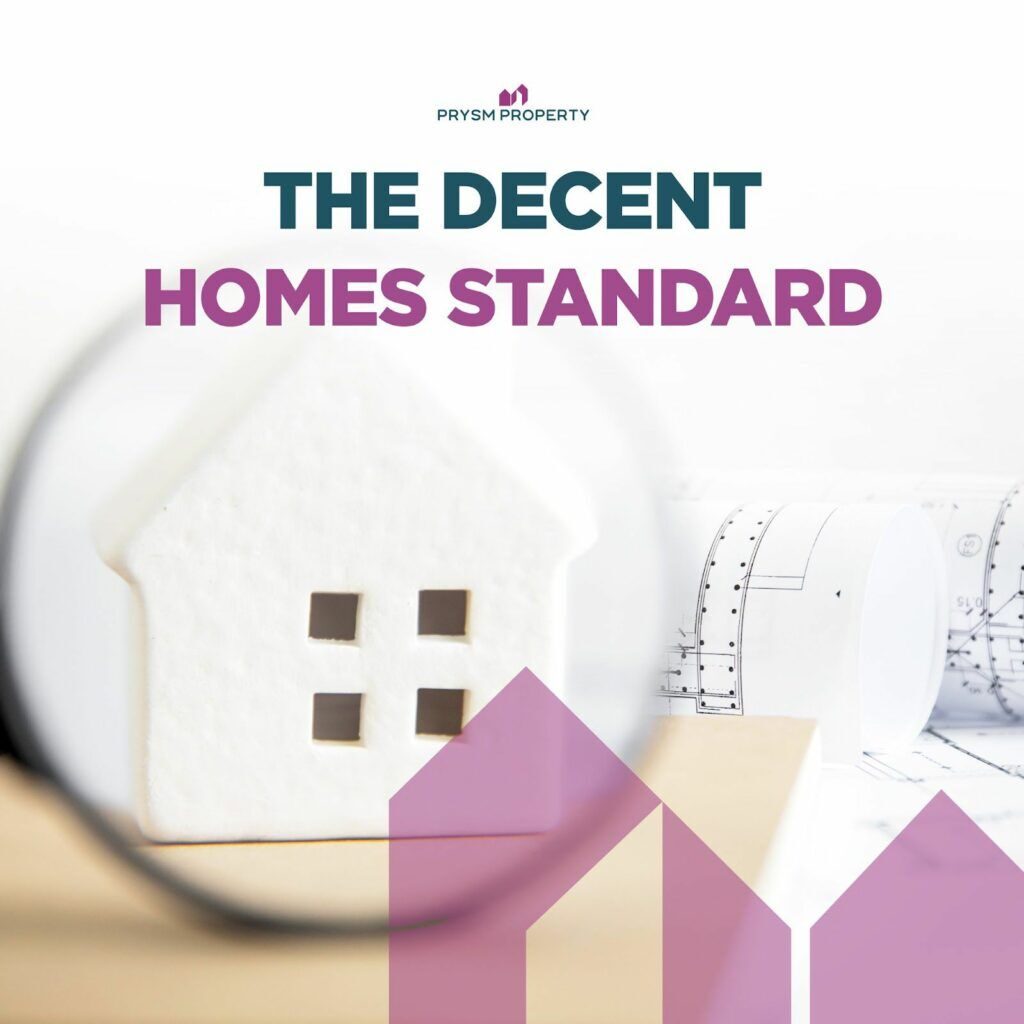Definition of Decent Homes
For the new minimum standards for rented housing, the government has defined a “decent” home that needs to be “free from the most serious safety and health hazards, such as fire risks, fall risks, or carbon monoxide poisoning”.
According to this definition, landlords need to ensure the following things;
● The rented home will not fall into disrepair, and issues will be resolved before they worsen and require more expensive work.
● Kitchens and bathrooms need to be located correctly, reasonable and not too outdated, with adequate noise insulation.
● Landlords also need to update the tenants’ facilities “before they reach the end of their lives”, to keep them healthy, suitable, and usable.
● All homes need to be warm and dry.
The UK government has an intention to upgrade as many homes as possible in the PRS to an EPC band C by 2030.
What Does The Decent Homes Standard Cover?
Under the Decent Homes Standard for social housing, aiming to “bring health and safety benefits to tenants and reduce health inequalities”, a home is considered a safe and decent home if it meets the following four criteria:
Criteria #1
A Decent Home meets the current statutory minimum standard for housing.
Criteria #2
A Decent Home is in a reasonable state of repair.
Criteria #3
A Decent Home has considerably modern facilities and services.
Criteria #4
A Decent Home provides an acceptable degree of thermal comfort.
How Is The Decent Homes Standard Assessed?
Private rented properties need to be assessed under the Housing Health and Safety Rating System (HHSRS) to ensure they have no serious health and safety hazards.
There are 29 potential hazards evaluated under this system. Each of them is given a score and the sum is computed at the end. Properties with a score over 1,000 will be considered serious. Such properties don’t meet the minimum standards criteria because they put the tenant’s health or safety at risk.
Decent Homes Standard Consultation
For the first time, under the Renters’ Reform Bill, the UK government plans to legislate and introduce a legally binding Decent Homes Standard to the private rented sector (PRS). The government has already launched a consultation. The objective of this consultation is to seek views on how it could introduce and enforce the standard in the PRS. The consultation regarding the Decent Homes Standard will run until 14 October 2022.
According to a survey conducted by the UK government, the conditions of more than 0.5 million properties (or 12% of households) pose an expected risk to tenants’ safety and health. Applying minimum standards to the private renting sector, alongside the other proposals aims to “halve the number of poor-condition rented homes”.
The UK government’s consultation believes that roughly 79% of properties in the private rented sector already meet the current Decent Homes Standard. Therefore it won’t require any additional investment to meet the revised standard. However, the remaining 21% of properties that don’t meet the standard will have to invest in upgrades and improvements. The consultation is also considering putting a cost cap on the improvements (views will be sought from landlords on the cost cap) so that most landlords will be able to meet upgrade costs.
A report published in 2021 shared that 2 million homes do not meet the standard criteria and pose a serious hazard to the health and safety of the tenants. Out of those 2 million poor-quality homes, only 12% are owned by councils and housing associations.


